| |
|
|
Botanical Name |
: |
Ricinus communis L. |
English
Name |
: |
Castor or Castor Oil |
Synonym(s) |
: |
Palma christi; Ricinus dicoccus, Ricinus europaeus, Nees., Ricinus laevis, DC., Ricinus viridis, Willd. Ricinus lividus, Jacq. Ricinus africanus, Mill. |
Family |
: |
Euphorbiaceae |
| |
General Info
| Description |
 |
|
The leaves are placed alternately on the stem, on long, curved, purplish foot-stalks, with drooping blades, generally 6 to 8 inches across, sometimes still larger, palmately cut for threefourths of their depth into seven to eleven lance-shaped, pointed, coarsely toothed segments. When fully expanded, they are of a blue-green colour, paler beneath and smooth; when young, they are red and shining.
The flowers are male and female on the same plant, and are produced on a clustered, oblong, terminal spike. The male flowers are placed on the under portion of the spike; they have no corolla, only a green calyx, deeply cut into three to five segments, enclosing numerous, much branched, yellow stamens. The female flowers occupy the upper part of the spike and have likewise no corolla. The three narrow segments of the calyx are, however, of a reddish colour, and the ovary in their centre is crowned by deeply-divided, carmine-red threads (styles). The fruit is a blunt, greenish, deeply-grooved capsule less than an inch long, covered with soft, yielding prickles in each of which a seed is developed. The seeds of the different cultivated varieties differ much in size and in external markings but average seeds are of an oval, laterally compressed form. The smaller, annual varieties yield small seeds- the tree forms, large seeds. They have a shining, marble-grey and brown, thick, leathery outer coat, within which is a thin, dark-coloured, brittle coat. A large, distinct, leafy embryo lies in the middle of a dense, oily tissue (endosperm). |
| Herb Effects |
 |
|
Laxative (seed oil); lowers blood sugar (leaf and stem); diuretic and poisonous (can be fatal) (seed); antiviral and stimulates milk production and flow (leaf decoction); anticancer and antiprotozoal (stem and root); kills bacteria, contraceptive, emollient. |
Chemistry
| Active Ingredients |
 |
|
Ricin (a toxic seed albumin); ricinoleic acid and its glycerides (seed oil); ricinine, norlupan and lupeol (seed coat); various amino acids (leaf, root and stem); apigenin, hyperoside, rutin, chlorogenin and coumarin (flower); chlorogenic acid, kaempferol, quercetin (plant); ellagic acid, ferulic acid, gallic acid, isoquercitrin (leaf) |
| Chemistry
of Active Ingredients |
 |
|
|
 |
Name |
CAS# |
IUPAC Name |
Formula |
Structure |
 |
|
| Ricinoleic acid |
8040-35-5 |
12-hydroxyoctadec-9-
enoic acid |
C18H34O |
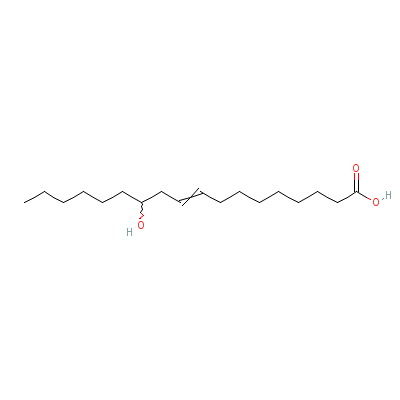
|
| Ricinine |
Not Available |
4-methoxy-1-methyl-2
-oxo-pyridine-3-carb
onitrile |
C8H8N2O2 |
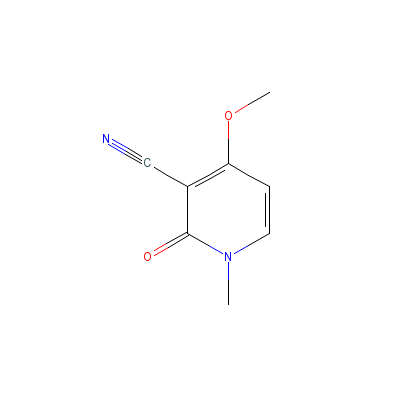
|
| Lupeol |
Not Available |
Not Available |
C30H50O |

|
| Apigenin |
520-36-5 |
4,5-dihydroxy-2-(4-h
ydroxyphenyl)-chrome
n-7-one |
C15H10O5 |
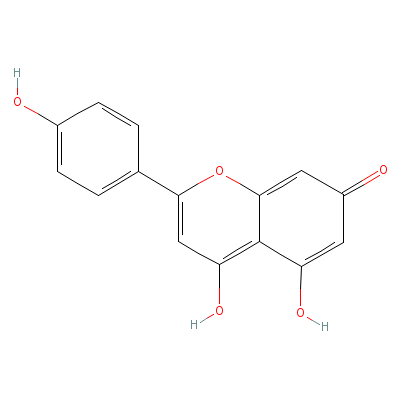
|
| Hyperoside |
482-36-0 |
2-(3,4-dihydroxyphen
yl)-4,5-dihydroxy-3-
[3,4,5-trihydroxy-6-
(hydroxyme
thyl)oxa
n-2-yl]oxy-chromen-7
-one |
C21H20O12 |
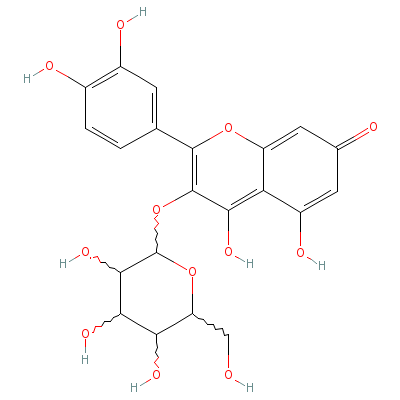
|
| Rutin |
Not Available |
2-(3,4-dihydroxyphen
yl)-4,5-dihydroxy-3-
[3,4,5-trihydroxy-6-
[(3,4,5-tr
ihydroxy
-6-methyl-tetrahydro
pyran-2-yl)oxymethyl
]tetrahydropyran-2-y
l]
oxy-chromen-7-on
e trihydrate |
C27H36O19 |
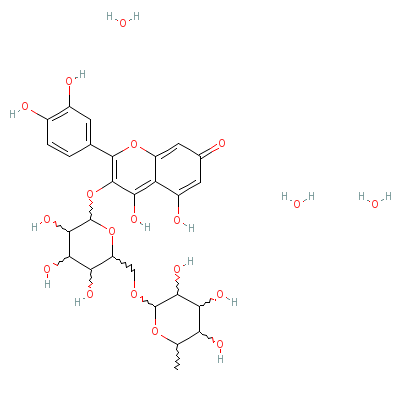
|
| Chlorogenin |
562-34-5 |
Not Available |
C27H44O4 |
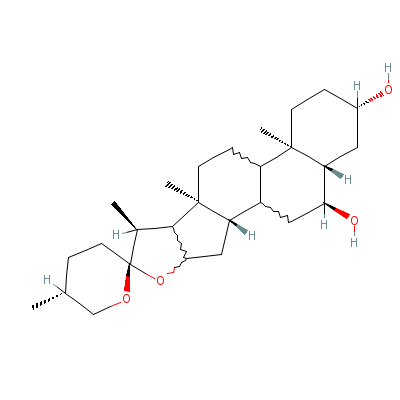
|
| Coumarin |
60094-90-8 |
6-(1,2-dihydroxy-3-m
ethyl-but-3-enyl)-7-
methoxy-chromen-2-on
e |
C15H16O5 |
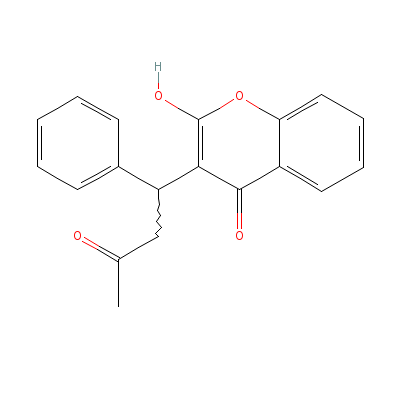
|
| Chlorogenic acid |
327-97-9 |
3-[3-(3,4-dihydroxyp
henyl)prop-2-enoylox
y]-1,4,5-trihydroxy-
cyclohexan
e-1-carb
oxylic acid |
C16H18O9 |
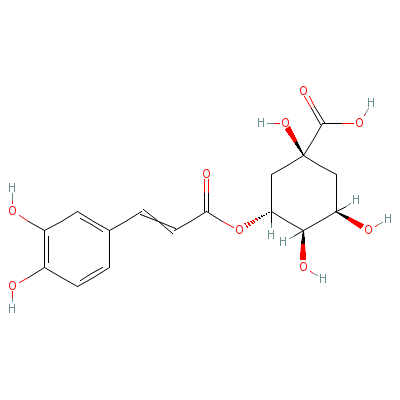
|
| Kaempferol |
80714-53-0 |
3-[3-[4,5-dihydroxy-
6-(hydroxymethyl)-3-
[3,4,5-trihydroxy-6-
(hydroxyme
thyl)oxa
n-2-yl]oxy-oxan-2-yl
]oxy-4,5-dihydroxy-6
-(hydroxymethyl)oxan
-2
-yl]oxy-4,5-dihy
droxy-2-(4-hydroxyph
enyl)-chromen-7-one |
C33H40O21 |
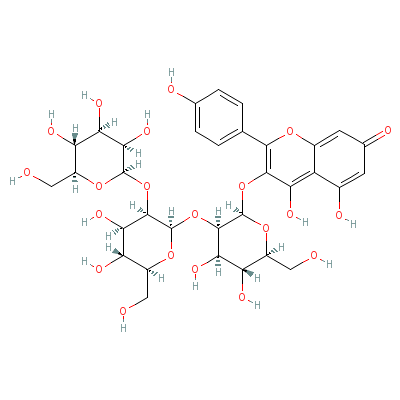
|
| Quercetin |
Not Available |
2-(3,4-dihydroxyphen
yl)-3,4,5-trihydroxy
-chromen-7-one |
C15H10O7 |
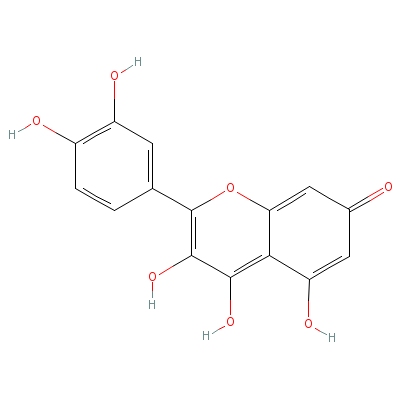
|
| Ellagic acid |
Not Available |
Not Available |
C14H6O8 |

|
| Gallic acid |
149-91-7 |
3,4,5-trihydroxybenz
oic acid |
C7H6O5 |
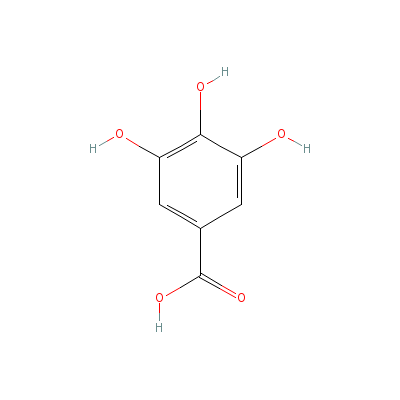
|
| Isoquercitrin |
21637-25-2 |
3-[5-(1,2-dihydroxye
thyl)-3,4-dihydroxy-
oxolan-2-yl]oxy-2-(3
,4-dihydro
xyphenyl
)-4,5-dihydroxy-chro
men-7-one |
C21H20O12 |

|
|
Pharmacology
| Medicinal Use |
 |
|
As one of the best laxatives (seed oil); poultice for boils, rheumatism and sores (seed paste); skin diseases, such as ringworm, and itching, as an emmenagogue (leaf decoction);in temporary constipation and wherever a mild action is essential, and is extremely useful for children and the aged, for various cutaneous complaints, such as ringworm, itch, dropped into the eye to remove the after-irritation caused by the removal of foreign bodies (oil); used by nursing mothers as an external application, to increase the flow of milk, as a poultice to relieve headaches and treat boils and diabetes (leaves). |
| Contraindication |
 |
|
The seed is very poisonous; the oil should not be taken as a purgative for those suffering from kidney infections. It should also not be used when there is abdominal pain or intestinal infections. |
| Reference |
 |
|
 Chandel et al., Biodiversity in Medicinal and Aromatic Plants in India. Chandel et al., Biodiversity in Medicinal and Aromatic Plants in India.
The Himalaya Drug Company.
Bentley and Trimen, Medicinal Plants.
Sharma, Classical Uses of Medicinal Plants. |
Dealers
Products
|
|